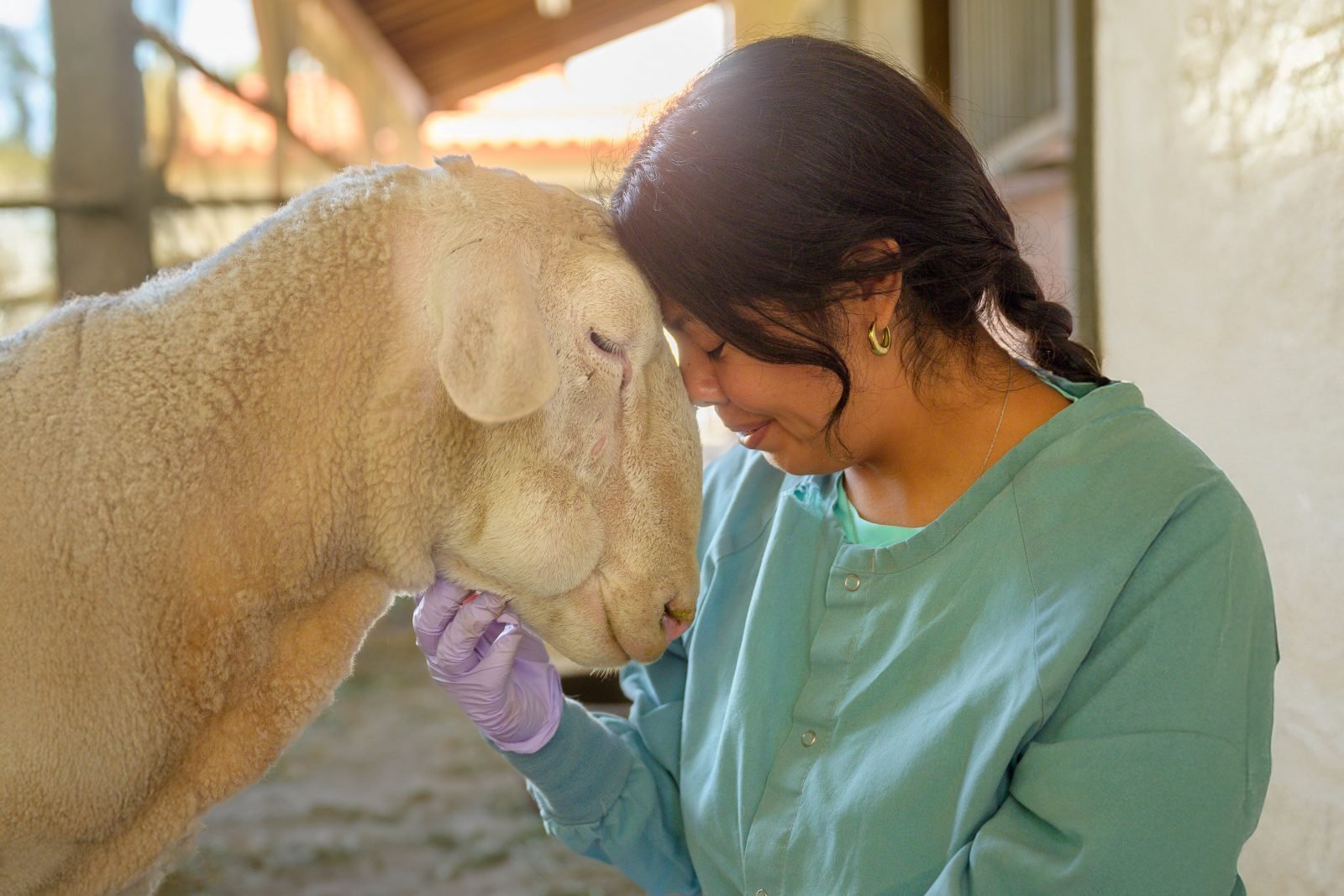She had purchased the chickens as babies to raise in a backyard hobby flock. The seller told her that the chicks were all female but also assured her that if any turned out to be male, he would take them back — just don’t ask what will happen to them afterwards.
Around the same time the Silkies arrived, someone left a box containing four leghorn roosters at the shelter. Leghorns are a popular breed for egg laying, both among factory farm operators and hobbyists. These birds were apparently from a backyard flock as well.
Meanwhile, a local resident near the shelter discovered four abandoned bantam-cross roosters in her yard. At the time, temperatures were in the teens, and wind-chills were below zero. Fearing the chickens would die from the cold, the woman called us. We rushed out to pick up the roosters and bring them to the sanctuary. Two had already contracted severe frostbite on their combs. Like the other new arrivals, these roosters were likely rejects from a small hobby flock.







